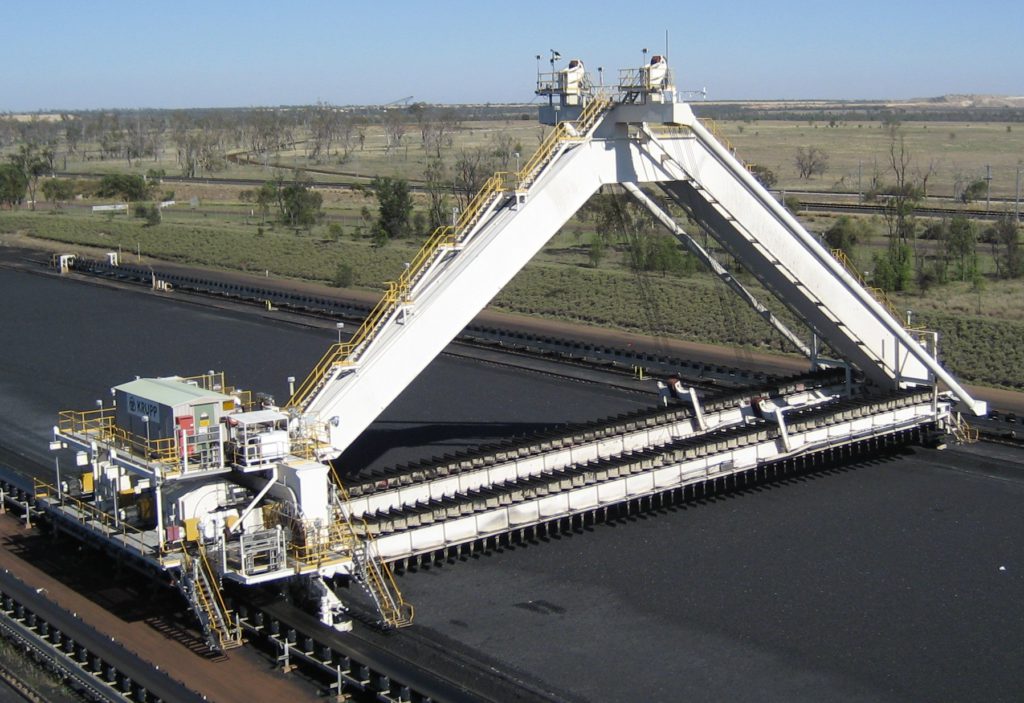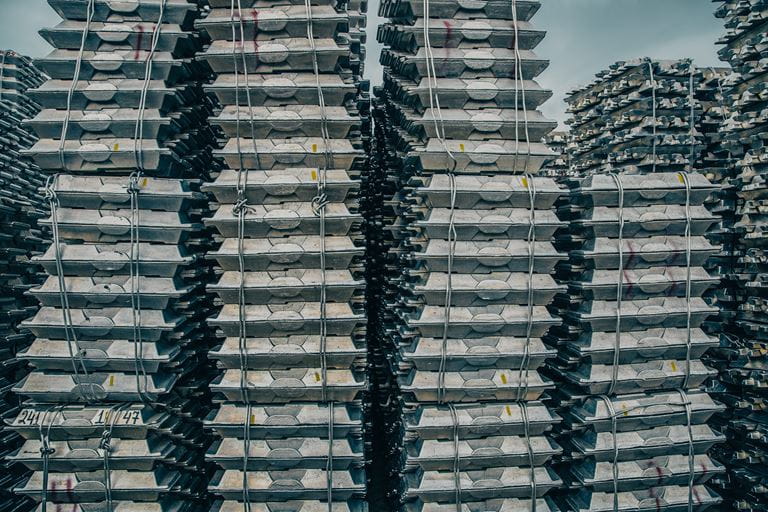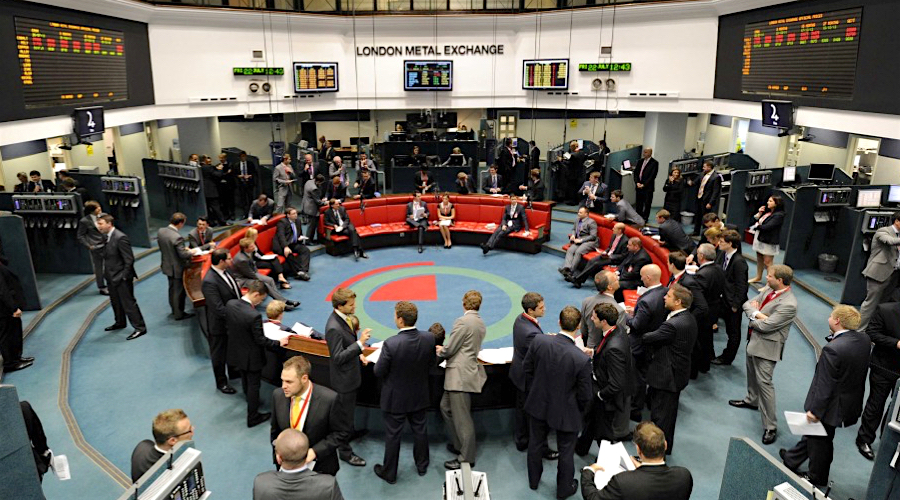Top Australian coal mines are spewing more methane than rivals

A key mining region in Australia, the world’s top exporter of metallurgical coal used in steelmaking, is producing vastly more methane emissions than global competitors, according to new analysis.
For every ton of coal produced in the Bowen Basin region in Queensland state, an average of 7.5 kilograms of the potent greenhouse gas is released, said Kayrros SAS, a geoanalytics firm that studied satellite observations from the European Space Agency. That’s 47% higher than the average global methane intensity estimated by the International Energy Agency, according to the company.
Using raw materials with a higher methane intensity adds to the challenge for end users, including steelmakers, who are facing increasing pressure from governments and investors to curb pollution and develop production methods that use alternatives to coal.
Australia, which accounts for about half of the world’s metallurgical coal exports, is forecast to increase shipments through 2023 and this month a government fund approved a A$175m ($132m) loan for the development of a new mine in the Bowen Basin.
Higher methane emissions are the result of the region’s geology, Kayrros said in a report released Monday. Older and deeper coal seams typically contain more of the gas.
Observed intensity varied significantly across the basin, the company said, indicating some operations are likely much more polluting than others.
Major producers in the Bowen Basin are taking steps to curb methane releases. BHP Group, the world’s biggest miner, is collaborating with San Diego State University and other partners to test the use of methane-eating bacteria as biofilters. Glencore Plc has worked with Australia’s national science agency on developing technology to reduce emissions, and has also used captured methane for electricity generation.
Halting methane releases from the coal sector offers one of the easiest steps to address climate change, because miners already know exactly where and how to capture the emissions. Producers often release gas trapped underground to lower the risk of explosion.
Methane can continue leaking out long after mines have been closed or abandoned, and the coal sector is forecast to account for about 10% of man-made emissions of the gas by the end of the decade, according to the Global Methane Initiative.
(By Aaron Clark, with assistance from James Thornhill)
More News
Vitol, Gunvor rock metals markets with big aluminum bets
Both taken long positions in the LME aluminum contracts nearing expiry that were at times larger than the readily available stock.
March 24, 2025 | 03:00 pm
Column: LME fined for failing to hit the brakes in nickel crisis
The venerable 148-year old London Metal Exchange has just made it into the history books for the wrong reasons.
March 24, 2025 | 12:51 pm
{{ commodity.name }}
{{ post.title }}
{{ post.excerpt }}
{{ post.date }}



Comments